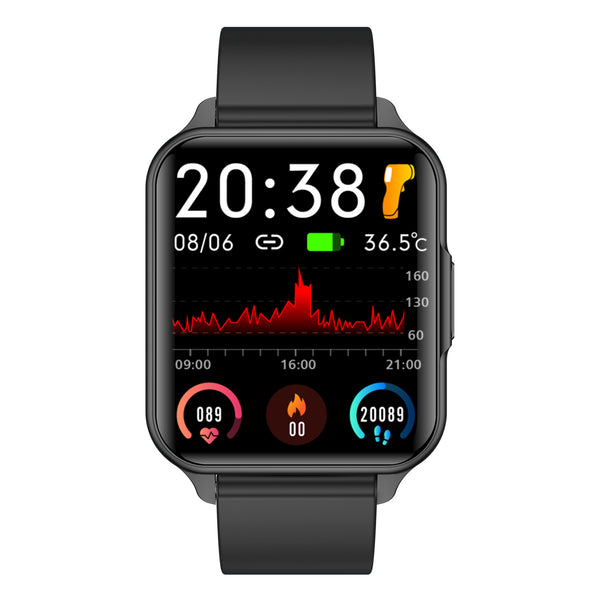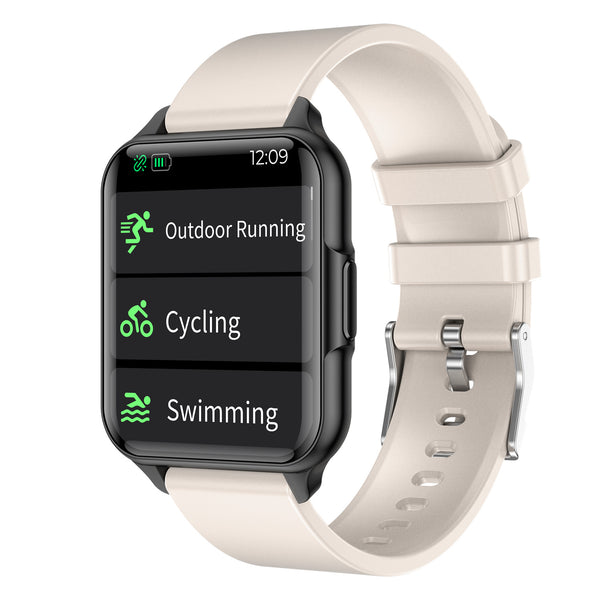Running Smart Watch
The world of running is diverse, encompassing a wide range of distances and paces, from leisurely jogs to high-speed sprints. For runners who love the thrill of both long-distance and sprinting, there's a common question: "Does more long-distance running make you slower at sprinting?" In this blog, we'll explore the relationship between these two forms of running and how they can impact your sprinting speed.
The Different Demands of Long-Distance and Sprinting
Before diving into the potential effects, it's important to understand the distinct demands of long-distance running and sprinting:
-
Long-Distance Running: Involves sustained, aerobic efforts over extended periods. It requires endurance, cardiovascular fitness, and the ability to maintain a steady pace over miles or kilometers.
-
Sprinting: Is an anaerobic activity characterized by short bursts of maximal effort. It demands explosive power, speed, and the ability to generate quick bursts of energy.
How Long-Distance Running Can Affect Sprinting
-
Endurance Benefits: Long-distance running can enhance your aerobic fitness and overall endurance. While this primarily benefits your ability to sustain effort over longer distances, it can indirectly support your sprinting by improving your recovery between sprinting efforts.
-
Muscle Development: Long-distance running can lead to muscle adaptations that may affect sprinting. While you might develop lean muscle mass, it may not be the same explosive power required for sprinting.
-
Energy Systems: Sprinting relies heavily on anaerobic energy systems, while long-distance running emphasizes aerobic energy systems. Overemphasizing one energy system at the expense of the other could potentially impact your sprinting ability.
Balancing Long-Distance Running and Sprinting
The key to balancing long-distance running and sprinting is maintaining a well-rounded training program:
-
Periodization: Structure your training to include distinct phases for long-distance and sprinting. This allows you to focus on each aspect without sacrificing the other.
-
Strength Training: Incorporate strength training exercises that target the muscles used in sprinting, such as squats and plyometrics, to maintain explosive power.
-
Interval Training: Include sprint-focused interval sessions in your long-distance training to work on speed and power.
-
Rest and Recovery: Prioritize adequate rest and recovery between high-intensity sprinting sessions to prevent overtraining and potential injury.
-
Nutrition: Fuel your body with a balanced diet that supports both endurance and power activities.
Engaging in both long-distance running and sprinting can be a rewarding and well-rounded approach to running. While there may be some overlap in the physical adaptations, balancing the two requires careful planning and attention to your training program. Ultimately, the impact of long-distance running on your sprinting speed depends on how you structure your training, making it possible to excel in both realms of the sport.
Run smarter, not just longer. Twellmall's Run Monitor Smartwatch helps you balance long-distance and sprinting for peak performance. Upgrade your run now!













